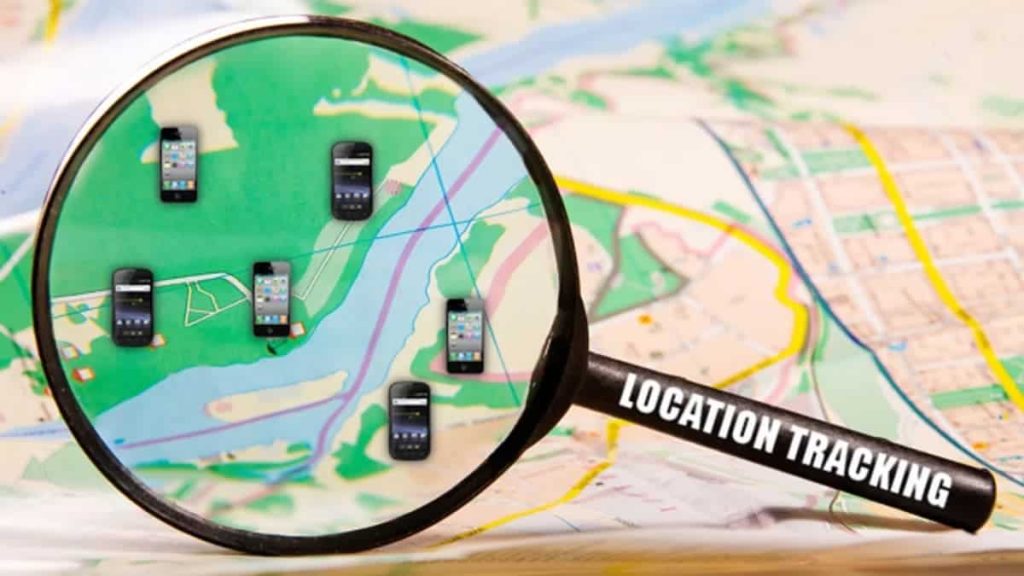How to implement location tracking.

Overview.
Location solution is a broad term that refers to technology used to track the location of a target that is being monitored within a real or near area. Location Solutions Technology may collect data and enable companies to improve business decisions based on collected location data.
Stop the gap between plan and manpower increase. Convert hidden opportunities into informed tasks with the right integrated tracking solution by location tracking.
Collects data as per your requirement from the portfolio in the most careful and perfect manner. Avoid job complexity and minimize disruption. Solve multiple challenges simultaneously with a cohesive, scalable platform. Rapidly respond to changing conditions. optimize workflows and achieve your KPIs.
Managed by recognized experts with thousands of implementations across almost every industry so it is very beneficial to implement.Faster, Smarter and with Boundless Opportunities
However, I’ll discuss where to start, how to choose the right technology to deliver what you need.
Internet of things (IOT).
The Internet of Things (IoT) is a network of physical devices with sensors and connectivity that enable objects to connect and exchange data without direct human interaction. There is a simple-to-use smartphone app that can be controlled from home. Sensors have the ability to easily track location using location data to manage any number of organization’s assets by connecting to a central IoT platform.
Core concept:
Some users may need highly accurate real-time tracking of an asset in a large warehouse, for example, while others only need to know the general location of an asset—such as where a large retail item is located. Real-time location can be important depending on the value of the resource whose location is the same group as the higher value, or which value the object is holding in the process. For some applications the user only needs to know the last checkpoint that an object passed so tracking the asset is easy.
Various technologies are available for automatic positioning. The type of technology you choose usually depends on two primary factors:
Location accuracy: Some technologies can track items in portals or zones. This is helpful for items where you can easily track them, such as items arriving or departing from a warehouse over short and long distances. Other technologies can track an item’s location with precision and accuracy to a meter or less. This is useful in situations where precise positioning is required.
Update rate: Not all solutions require real-time information. For example, if a pallet is scanned as it passes through a door and is sitting on a rack in a warehouse, there is no need to constantly update the object’s location. That means other solutions can change location on an hourly basis or in more real-time, such as minutes, seconds, or less.
Location dimensions fix:
- Range: What is the range of the items you are tracking – are they global, or in a room
- Accuracy: subject to interference, time/angle/signal
- Accuracy: How accurate you need the map to locate an item: for example, 10m vs 20cm
- Diagnosis: How often do you need a position diagnosis? (every second, every 10 minutes)
- Infrastructure: Existing (Wi-Fi), external cellular satellites will be complex.
- Deployment: Traditional cabling, receivers and antennas vs. tags and an application
- Battery Life: Recharge daily, replace battery annually, replace tag every 4-11 years
- Interoperability: Tag A, Reader/Receiver, Locate Engine
- Cost: Tag, infrastructure, deployment and maintenance costs
Location Technology:
RFID – RFID stands for Radio Frequency Identification. It is an automatic identification technology whereby digital data encoded on an RFID tag or “smart label” is captured by a reader using radio waves and sent to the destination.
Ultra Wideband Technology (UWB) – These tags can provide high label location accuracy over a medium range with a high number of transmission times to enable accurate location in real time.
Bluetooth® Low Energy Technology – Built on the universal Bluetooth standard, these affordable beacons and tags are ideal for low power applications,
Wi-Fi – One of the most common ways to use location solutions with Wi-Fi is through smart phones
ISO 24730 – Standardized 2.4 GHz wireless protocol that sits alongside Wi-Fi/802.11 and generally performs better than Wi-Fi in industrial environments where there is a lot of metal.
GPS – Global Positioning System, uses a constellation of time-synchronized satellites, each broadcasting a signal to Earth.
Positioning System – Enterprise software suite that provides tools for designing, configuring, operating and troubleshooting RTLS solutions and keeping them up and running.
Location solution application:
Applications can typically use location data in a number of ways, including:
Cross-industry applications:
- Asset Management
- Supply Chain Management –
- Sensing and Monitoring
- Maintenance Repair and Overhaul (MRO)
- Safety/Security
- Workflow Optimization
Vertical Markets and Applications:
- manufacturing
- Logistics
- transport
- Retail
- Healthcare
Key Benefits of location solution.
- Knowing where things are provides important business context.
- Companies spend a fortune in time, energy and money tracking resources
- This process automatically frees up their ability to focus on their business.
- Having a system that automatically tracks resources for you
- Provides insight into business conditions, freeing you to focus on
- business decisions and improvements.
- If you spend less time collecting data, you can spend more time reducing capital expenditures, increasing revenue and improving workflow.